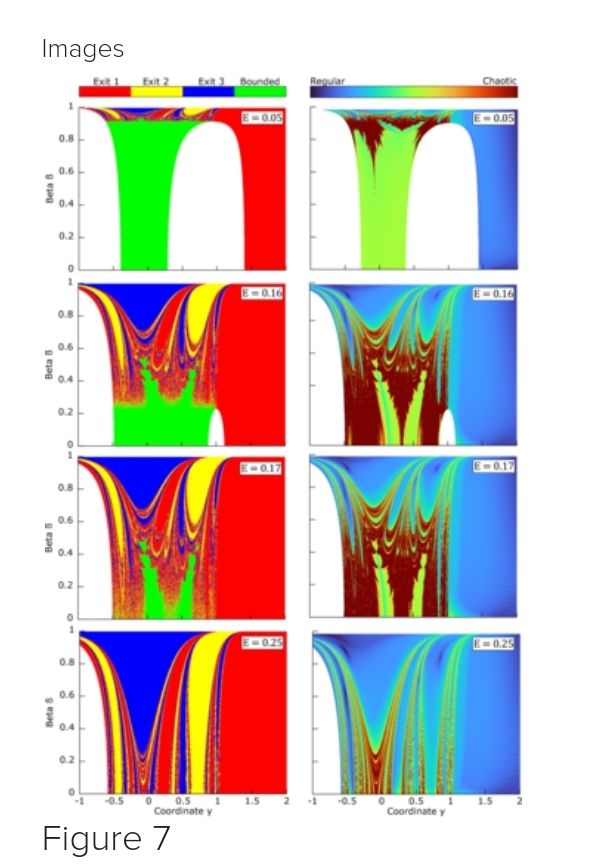<< ️Jerky active particles are Brownian self-propelled particles which are dominated by “jerk,” the change in acceleration. They represent a generalization of inertial active particles. In order to describe jerky active particles, a linear jerk equation of motion which involves a third-order derivative in time, Stokes friction, and a spring force (AA) combined with activity modeled by an active Ornstein-Uhlenbeck process. This equation of motion (They) solved analytically and the associated mean-square displacement (MSD) is extracted as a function of time. >>
<< ️For small damping and small spring constants, the MSD shows an enormous superballistic spreading with different scaling regimes characterized by anomalous high dynamical exponents 6, 5, 4, or 3 arising from a competition among jerk, inertia, and activity. When exposed to a harmonic potential, the gigantic spreading tendency induced by jerk gives rise to an enormous increase of the kinetic temperature and even to a sharp localization-delocalization transition, i.e., a jerky particle can escape from harmonic confinement. >>
<< ️The transition can be either first or second order as a function of jerkiness. Finally (AA) shown that self-propelled jerky particles governed by the basic equation of motion can be realized experimentally both in feedback-controlled macroscopic particles and in active colloids governed by friction with memory. >>
Hartmut Löwen. Gigantic dynamical spreading and anomalous diffusion of jerky active particles. Phys. Rev. E 112, 045412. Oct 17, 2025.
https://journals.aps.org/pre/abstract/10.1103/976t-qry7Also: particle, colloids, transition, escape, in https://www.inkgmr.net/kwrds.html
Keywords: gst, particles, colloids, self-propelled particles, active Brownian particles, Jerky active particles, jerkiness, transitions, superballistic spreading, escape.




